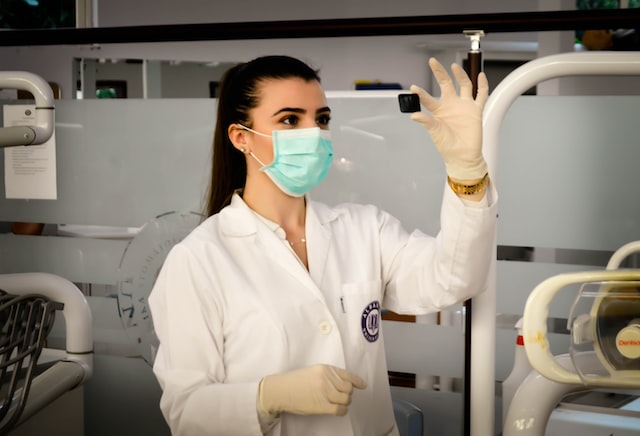3 Worthwhile Medical Career Paths for Women

Women have dominated at least 80% growth in the healthcare industry over the last ten years. The number of healthcare professionals has doubled over the last ten years, and women account for more than three-quarters of the workforce. While registered nurses are the largest occupation dominated by women, there are other career paths for women today. Here are three medical career paths where women can excel.
Nurse Practitioner
Nurse practitioners are typically registered nurses with advanced education. The additional education helps the professionals understand patient history, perform exams, order and interpret lab results, prescribe medications or treatment, and educate patients on continued care.
Advanced practice nurses can specialize in specific demographic areas like pediatrics or women’s health, but they also fit in academia. While their job description seems similar to a physician’s, they don’t need similar formal training. Regardless, nurse practitioners have become an essential pillar in primary health: filling traditional pharmacist jobs.
Nurse practitioners are among the top healthcare jobs due to their ability to offer a unique mix of services. You need to be a registered nurse before qualifying as a nurse practitioner, and you need a bachelor’s or associate degree before pursuing a consequent master’s degree.
Physician Assistant
Physician assistants are critical in healthcare, using their outstanding expertise to examine, diagnose, and prescribe treatments. They often collaborate with other medical professionals to offer comprehensive healthcare. These healthcare professionals provide their services in diverse healthcare settings, including, emergency rooms, operating suites, and private practice. In addition, they can specialize in primary care, palliative, pediatrics, and geriatrics care.
While most physician assistants have a doctoral degree, you only need a master’s degree to become a physician assistant. You need a bachelor’s degree majoring in sciences or recognizable medical courses, but some institutions may require hands-on experience in the medical field. However, the amount of experience depends on the school and program you’re taking.
Most physician assistant programs require about 27 months that combine classroom sessions and practical hours. After graduation, you need to take a certification exam before you start practicing. The professionals must also take at least 100 hours of advanced education every 24 months and a recertifying exam once a decade.
Physical Therapist
Patients with neurological traumas and physical issues are referred to physical therapists. These professionals play a huge role in treating fractures and advanced issues like stroke. A physical therapist evaluates a patient’s condition and examines their history before planning a rehabilitative program to enhance patient mobility. Most treatment plans often include exercises, stretches, and therapies that enhance motor function. Physical therapists educate patients and support personnel on continuing therapies to facilitate optimum recovery.
While a physical therapy master’s degree is no longer available in the U.S., aspiring physical therapists can get a doctorate in physical therapy. Many accredited programs are offering the programs. Physical therapists should also enroll in continuing education to stay current with newer techniques and renew their licenses.
Endnote
Over the last ten years, women have shifted the balance and dominated the healthcare industry workforce. It’s intriguing to think about how women will shape the healthcare industry in the next decade. Since the industry needs more workers, it’s time to dive into the healthcare career and help shape the future.

